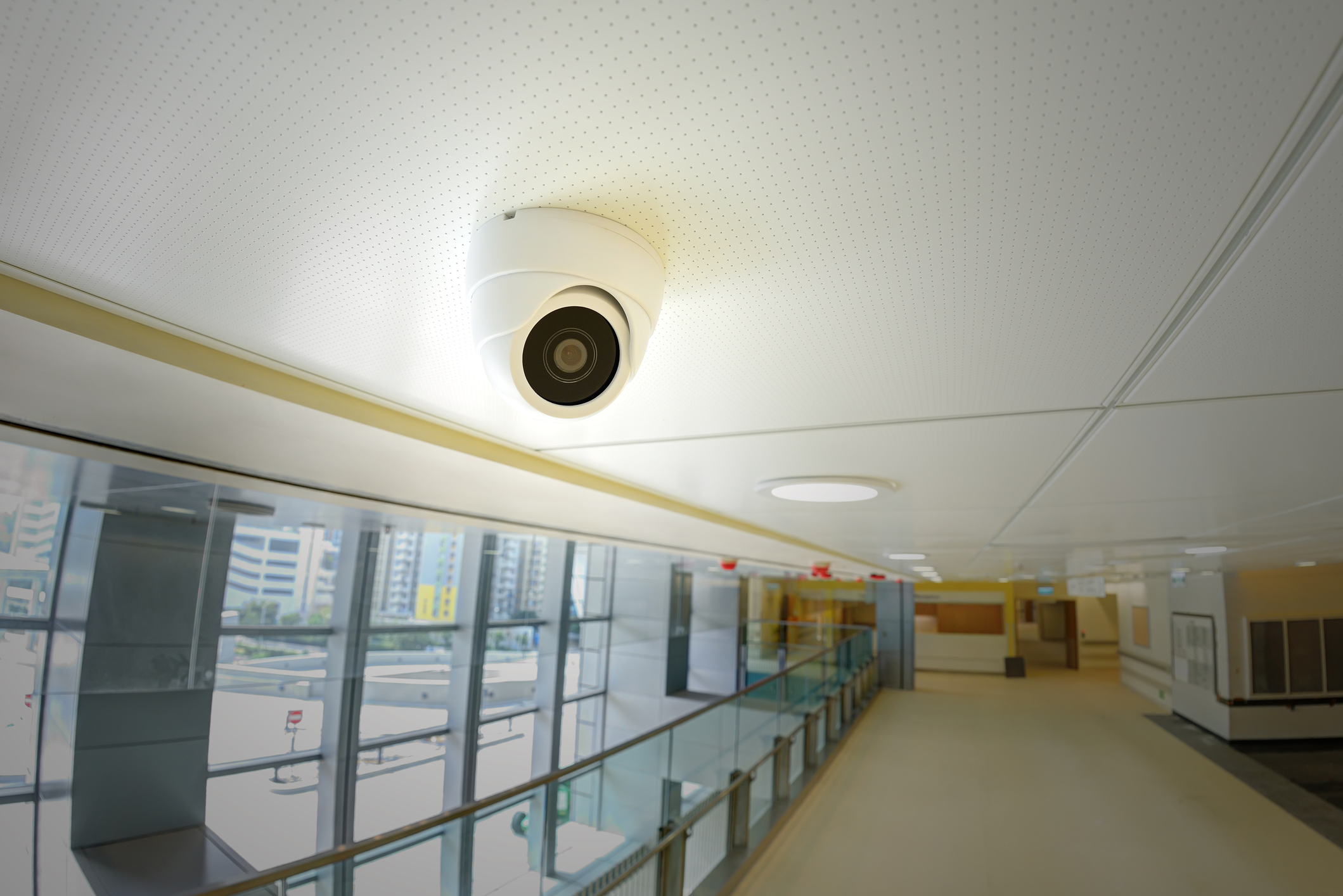By: Gary Buss, Direct Healthcare Account Manager
One of the biggest attributes that sets a technology integrator apart is the versatility to serve different markets and industries equally well. On the other hand, one of the biggest challenges is recognizing the things that make each industry different. Being a jack-of-all-trades and master of none is unacceptable, because at the end of the day that means mediocre implementation and unsatisfied customers. Instead, we pride ourselves on being specialists with many specialties. That means being equally attentive to the unique needs and pain points each customer experiences.
My role as a healthcare account manager revolves around my ability to identify these challenges for customers of all kinds across the healthcare industry. From there, I can synthesize my knowledge with Tech’s security offerings to provide a solution. Over the many years I’ve spent doing this, I’ve gained a number of insights on what makes a security integrator into a great partner for the healthcare space.
HIPAA Comes First
There is no way around it – HIPAA is one of the central realities that needs to be taken into account when providing security solutions in the healthcare space. How do you provide proper video surveillance coverage in order to keep people and property safe, while also protecting Protected Health Information (PHI)?
HIPAA allows for video recording in publicly accessible areas like entrances and exits, hallways, waiting rooms etc. This is fortunate, given that these areas see the most foot traffic and therefore are key areas to monitor. However, recording is not allowed in areas like bathrooms, which are often adjacent to public areas. Does your camera “see” into the bathroom briefly when the door is opened? These are the types of considerations that must be made.

Sometimes, avoiding PHI is virtually impossible. Maybe you’ve tried every angle, but there is just no way around a camera placement that provides view of a computer at a nurse station displaying patient records. Modern surveillance platforms can apply masking to that monitor(as well as image of patients’ faces/bodies where necessary) to maintain HIPAA compliance. Suppose you need to monitor the status of patients in private rooms; how do you keep them from being identifiable? Thermal cameras might be exactly the answer you’re looking for. Understanding when to apply each potential solution to achieve security, compliance, user-friendliness and cost-effectiveness at the same time is a delicate balance.
Layered Access Control
A building (or campus) like a hospital represents a complex system. At any given time there may be hundreds or even thousands of people on the premises, each with varying levels of access to different areas. Each possible point of entry must be accounted for – including garages/parking structures. Beyond that, special considerations must be given to particularly high-risk areas.
For example, Drug Diversion Digest recently reported that 70% of medication tampering or theft occurs in hospitals, medical centers, long term care facilities, pharmacies, or ambulance services – all features of the healthcare space. Access control for drug cabinets and dispensaries with a built-in audit trail is one of the most effective deterrents against this sort of crime.
A capable technology provider can provide guidance on the best way to implement credential-based access control, as well as integrate it with video surveillance and other solutions to protect people and property.
There is No "One-Size-Fits-All"
The array of available security solutions on the market is massive and ever-evolving. Which surveillance offering is best? What about access control and intrusion detection? On-premises or cloud based? What about integrations with healthcare-specific technologies like nurse call or patient/resident management solutions?
The truth is that like in all industries, no two customers are identical. The enterprise-level surveillance platform that is ideally suited a multi-building hospital campus makes little or no sense for a small clinic. A long-term care facility is likely to have completely different needs than either. One of the most fundamental realities in this industry is that a broad, prescriptive approach is never going to cut it with such a diverse range of customers.
Instead, a high-quality technology partner must prioritize being communicative, asking the right questions to get to the heart of the customer’s pain points, anticipate challenges the customer may not have even identified yet, and design and deliver a solution that fits the bill – both practically and financially. Doing that requires excellence from every link in the chain, from the account manager to the solution designer to the manufacturer, and everyone in-between.


